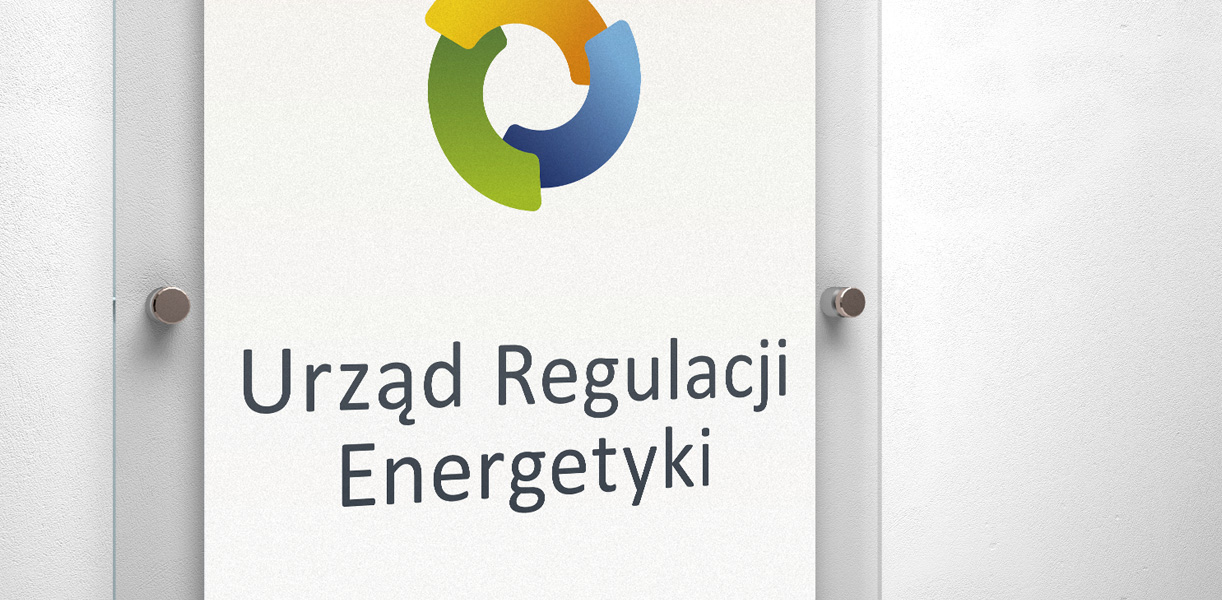According to the Energy Regulatory Office: the generation of energy from small green sources is steadily increasing – this is the result of the latest, fourth report of the Energy Regulatory Office containing information on electricity generated from renewable energy in small installations.
The structure of electricity production in Poland over the last four years (2016-2019) is subject to slight but noticeable changes. The share of renewable energy sources in the national generation increased from 7 percent. in 2016 up to 9 percent in 2019. At the end of last year, the installed capacity of all renewable sources in the power system in Poland was over 9 GW, of which in small RES installations almost 163 MW, while in micro installations (including prosumer installations) over 1 GW.
According to data collected and analyzed by the Energy Regulatory Office, energy production from small green sources is steadily increasing. Undoubtedly, the role of this type of installation in the national power system from year to year can and should be increasing, especially in the context of the ongoing energy transformation and the need to design a new energy market structure, including new entities operating on it. Systematic support for the further development of renewable energy sources in our country is a necessity, not only for environmental reasons, but also taking into account the directions of energy development presented in EU strategic documents –emphasizes Rafał Gawin, President of the Energy Regulatory Office.
The producers, produced a total energy in 817 installations (one producer may have several installations). Their total installed capacity was almost 163 MW. In our country, the largest number in terms of number (341) and installed capacity (51.5 MW) were small installations using water energy. Photovoltaic sources were next in terms of the number of installations (247), but also the amount of installed power (47.5 MW). However, the least often were small installations producing energy from biomass. There were only two such sources at the end of 2019 in Poland.
Producers in small renewable energy installations (nearly 700 entities) last year produced over 342 GWh of energy, of which 70% were sold to obligated sellers. (238 GWh), and they used or sold 30% to other sellers themselves. energy produced. A year earlier, such installations produced 208 GWh of electricity, selling 142 GWh to sellers obliged to the DSO network (over 68% of generated energy).
Sale of generated energyPercentage of biomass (over 96%) and water (93%) and wind (almost 89%) sources sold energy to the obligated seller. In turn, the smallest ones sold small biogas sources (28%) and those using solar energy (50%). Generators from hydroenergy installations sold the most total energy (almost 148 GWh). Small wind installations (45 GWh) sold in second place more than three times less energy. At the end of 2016, there were 428 producers in small RES installations. After four years, their number increased by over 60 percent. and at the end of 2019 it amounted to 697 [3]. For comparison – producers in micro-installations (including prosumer) have over 155,000
Percentage of biomass (over 96%) and water (93%) and wind (almost 89%) sources sold energy to the obligated seller. In turn, the smallest ones sold small biogas sources (28%) and those using solar energy (50%). Generators from hydroenergy installations sold the most total energy (almost 148 GWh). Small wind installations (45 GWh) sold in second place more than three times less energy. At the end of 2016, there were 428 producers in small RES installations. After four years, their number increased by over 60 percent. and at the end of 2019 it amounted to 697 [3]. For comparison – producers in micro-installations in Poland (including prosumer) have over 155,000.



